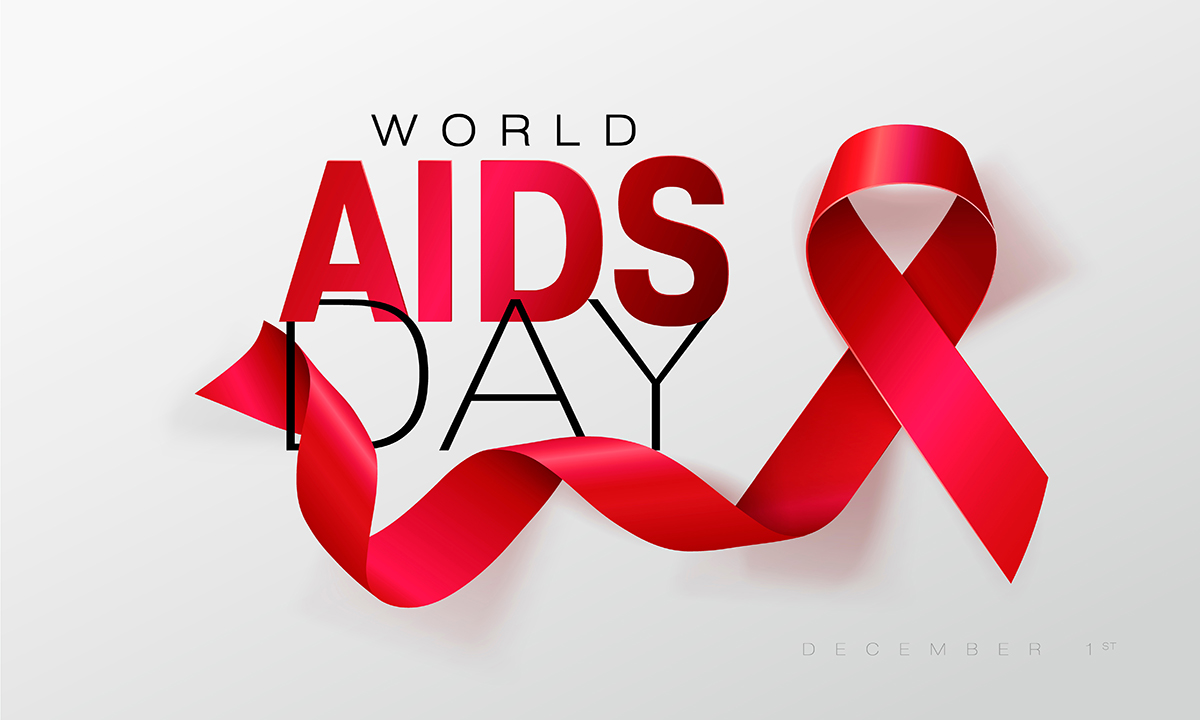
2020
In the United States, approximately 1.2 million people are living with human immunodeficiency virus (HIV). About one in seven of these people don’t know they have the virus. HIV was first identified in 1981, though it was infecting humans for much longer prior to 1981.
HIV is one of the world’s longest and deadliest pandemics; however, the disease is thankfully now manageable with medicine.
What is HIV?
The HIV virus attacks the body’s immune system. Your immune system is responsible for fighting infections. A person with HIV is more susceptible to other infections and diseases.
There is no cure for HIV and anyone infected will have it for life. However, with current HIV medicines, people infected with HIV can live long and healthy lives. They can also help educate others and prevent the spread of HIV to sexual partners.
When untreated, HIV can lead to the acquired immunodeficiency syndrome (AIDS).
What is AIDS?
AIDS is not a virus. AIDS is a set of symptoms and conditions that occur in the late stage of HIV infection. AIDS occurs when the body can no longer fight other infections. Most people in the United States with HIV do not develop AIDS due to the availability of HIV medicine.
When taken every day, HIV does not progress to AIDS. Without ART medicine, the survival time for people with AIDS is only one to three years. ART medicine should be started as soon as possible after diagnosis to get the most benefits.
Transmission and Risk Factors
HIV is mainly spread by having sex or sharing needles and other injection equipment with someone who is already infected with HIV. The virus spreads by contact with certain bodily fluids of a person infected with HIV.
Risks add up over time. The more certain behaviors are repeated, the higher the overall risk of getting HIV. Some behaviors have a much higher risk of transmission than others. The following are risk factors for getting HIV:
- Unprotected vaginal sex (no condom)
- Unprotected oral sex (no condom)
- Anal sex
- Injection drug use
- Sharing needles
- Having a sexually transmitted infection (STI)
- If pregnant, delivery (risk of transmission to baby from the mother)
- Breast feeding (risk of transmission to baby from the mother)
This is not a complete list of risk factors. Everyday contact such as kissing, hugging, or holding or shaking hands with someone who has HIV or AIDS does not transmit the infection. HIV is also not spread through the air, water or insect bites.
Signs and Symptoms of HIV
Not everyone infected with HIV will have the same symptoms and some individuals may not have any symptoms. Symptoms depend on what stage of HIV infection the person is in. There are three stages of HIV:
Stage 1: Acute HIV Infection (Primary Infection)
Within two to four weeks after being infected with HIV, two-thirds of people will have a flu-like illness. These symptoms are the body’s natural immune response and can include:
- Fever
- Chills
- Sore throat
- Fatigue
- Muscle aches
- Swollen lymph nodes
- Rash
- Night sweats
- Mouth ulcers
These symptoms may last a few days to several weeks. Unfortunately, these symptoms are similar to symptoms caused by many other viruses. Getting tested for HIV is the only way to be sure. If you know you have been in an at risk situation with an HIV-positive person and develop these symptoms, you should get tested immediately.
Stage 2: Clinical Latency (Chronic HIV)
Without HIV treatment, people stay in this stage from eight to 15 years, but it can pass faster for some. When taking HIV medication, the virus may eventually become undetectable in the blood. Though the virus is still in the body, at that point, there is no risk of transmitting HIV to a sexual partner. The infected person’s health is also protected by stopping the virus from progressing to AIDS. People in this stage usually do not feel sick or have symptoms.
If the virus is still detectable in the blood, HIV can be transmitted during this stage, whether the infected person has symptoms or not.
Stage 3: AIDS
Without treatment, HIV eventually damages the immune system enough to progress to AIDS. Symptoms of AIDS include:
- Rapid weight loss
- Recurring fever
- Extreme tiredness or fatigue
- Frequent, heavy night sweats
- Sores in and around the mouth, anus and/or genitals
- Long-term swelling of the lymph glands in the armpits, groin or neck
- Chronic diarrhea (lasting longer than a week)
- Pneumonia
- Discolored patches on or under the skin or inside the mouth, nose or eyelids
- Memory loss and depression
- Neurologic disorders
There are other medical conditions and diseases that also can occur with AIDS.
Prevention and Getting Tested
Pre-exposure prophylaxis (PrEP) and post-exposure prophylaxis (PEP) are medications taken by people at high risk of getting HIV. PrEP is effective in preventing HIV infection through sex or drug use, and PEP is taken after exposure to an infected person to help prevent getting HIV.
Most primary care provider’s offer HIV testing, as well as the local health department. There is even home testing available. Testing is private and confidential. If a test comes back positive for HIV, seeing a doctor as soon as possible is very important in order to begin HIV medication. Also, the early stages of HIV-infection are when the infected person is most contagious to others, and prevention of infecting others is key.
Talk with your doctor or a healthcare professional right away if you think you might have HIV or have been in sexual contact with someone who is HIV-positive. Talk with your doctor as well about how to manage HIV during this pandemic. Jai Medical Systems has the support and tools you need to stay healthy. Call our Customer Service Representatives at 1-888-JAI-1999 to learn more.
 Did you know that your IE browser is outdated?
Did you know that your IE browser is outdated?





